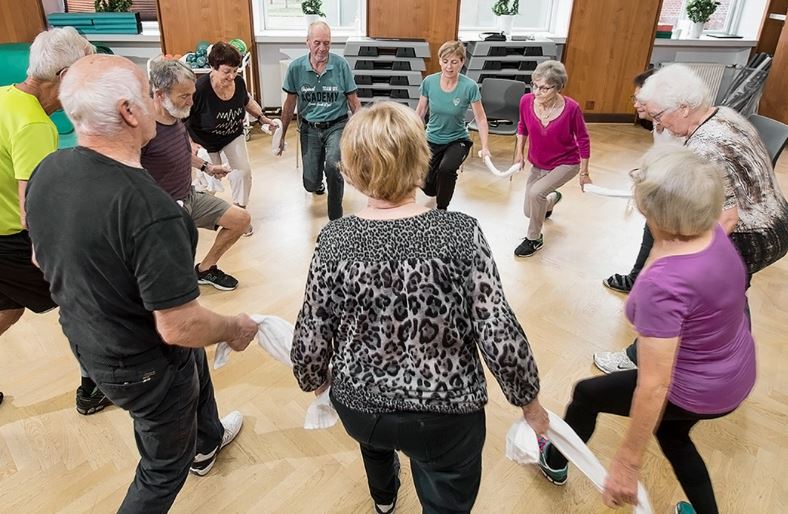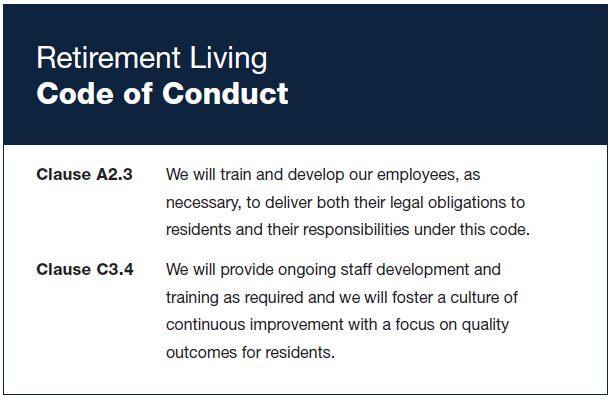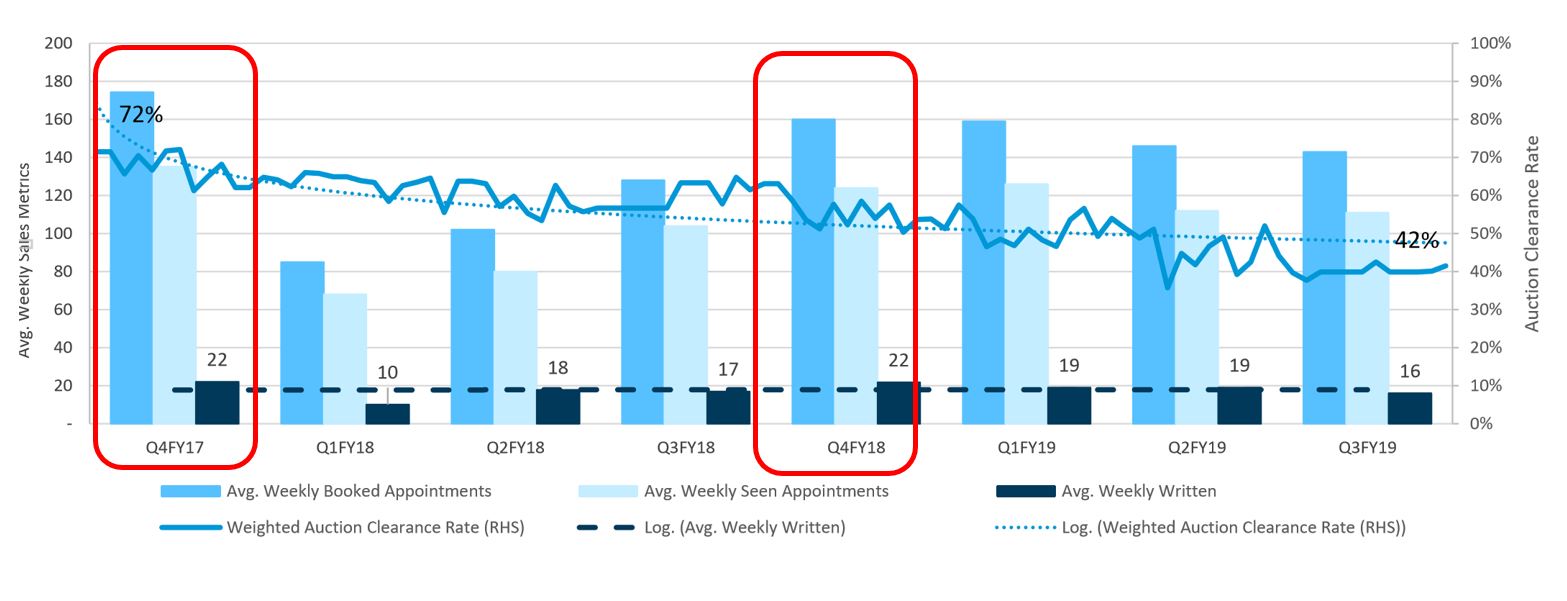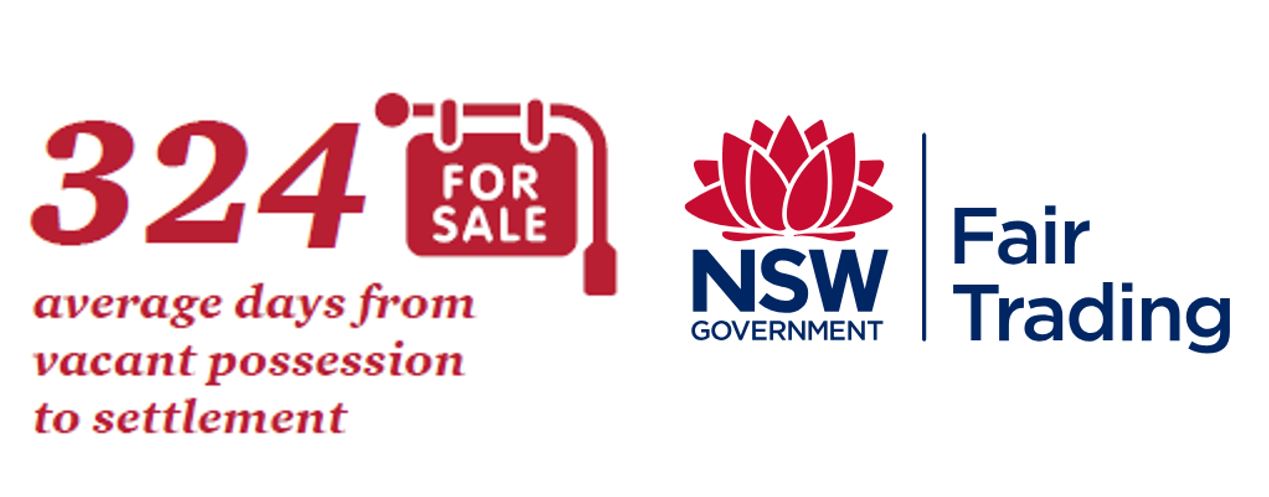The Royal Commission into Aged Care Quality and Safety will roll on until at least December. Over the next two …
If your village operator is a member of LASA (Leading Age Services Australia), the Retirement Living Council or the Property …
The best time to go fishing is when the fish are jumping – and the retirement village buyers should be …
Do your village contracts require you to charge a departing resident or their family or their estate ongoing weekly fees …
Did you know that this week is the biggest new village sales enquiry of the year? January 10-17 always generates …
You must probably have heard but we will confirm that the Royal Commission into aged care has not been extended to …
Nobody would be happy with this result. It means that they are $30 million down in revenue compared to the …







